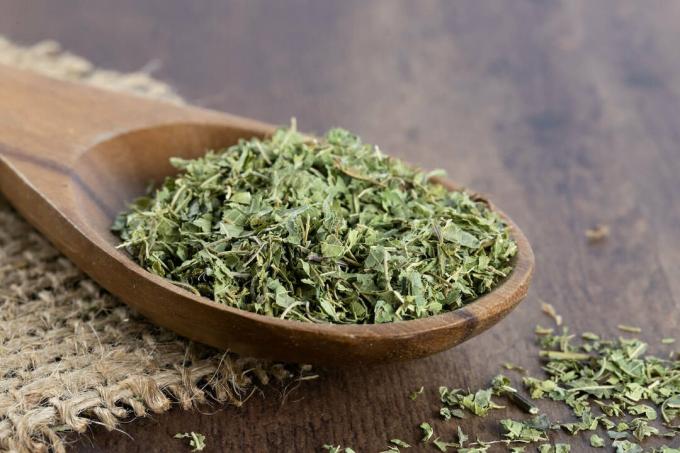Whether a pretty ornamental plant or medicinal herb - the genus Verbena is versatile. Bees and butterflies are also often found on verbena flowers.

The iron herbs (verbena) are popular ornamental plants for the garden and can be found almost all over the world. Some have special properties that allow them to be used in medicine. The following article shows what else is worth knowing.
contents
-
Verbena: origin and properties
- Is verbena perennial?
- Is verbena bee friendly?
- harvest and use
- Effect of verbena as a medicinal plant
- Is verbena poisonous?
Verbena: origin and properties
With the iron herbs (verbena) is a plant genus of the vervain family (Verbenaceae), which are also known as verbena. The approximately 87 species are found almost all over the world. In addition, there are some hybrids that are created by combining different species.
There are both herbaceous and shrubby verbena, as well as annual and perennial species. They can grow up to 2 m tall or remain quite small at around 30 cm. The stems are always square and equipped with simple leaves that are sawn at the edge and are usually arranged opposite. This arrangement of the leaves is a good identifier for our native

Tip: Verbena and lemon verbena (Aloysia citrodora) are closely related, because the lemon verbena also belongs to the verbena family. Like vervain, it is used in cooking and medicine.
Is verbena perennial?
Whether verbena is perennial depends on the species and the region in which the plant grows. There are verbena species that are perennial here, such as common verbena or lance verbena (Verbena hestata). These species survive cool temperatures, so they are hardy. Other species, such as Argentine Verbena (Verbena boariensis), are only perennial in their homeland. With us, on the other hand, they only survive the harsher winters with the help of winter protection. Without protection, they would therefore only be one year old. However, since verbena seeds itself, new plants usually sprout again in the same place.

Is verbena bee friendly?
Verbena, which is native to Germany, but also the other types of verbena are very popular with the insect world. They provide pollen and nectar for bees and are pollinated by insects. Bumblebees and butterflies are also often found on the verbena flowers.
harvest and use
During the flowering period of the verbena from May to October, flowers and leaves can be harvested continuously. Alternatively, cut the stems a hand's breadth above the ground. These are then tied into small bouquets and hung up to dry with the blossom down. A dark and warm room is best for drying verbena.
Among the verbena, only vervain is used as a medicinal plant, incense plant and in the kitchen. All other species found in our gardens are used exclusively as ornamental plants.

Vervain is rarely used as a seasoning in the kitchen because the taste is quite bitter. However, the plant is quite popular as a medicinal herb and is usually taken as verbena tea. 1 g of dried verbena leaves is added to 100 ml of water. Three cups of verbena tea per day are completely sufficient - more should not be consumed.
Effect of verbena as a medicinal plant
Verbena is considered a medicinal plant only Verbena officinalis. Vervain contains many ingredients that are effective for humans, such as essential oils, bitter substances, tannins and mucilage, as well as glycosides. In addition to an antipyretic, anti-inflammatory and antispasmodic effect, vervain is said to help against mild depression, sleep disorders, stress and gastrointestinal problems.
Since verbena has a labor-inducing effect, verbena should not be taken during pregnancy.
Tip: Verbena has healing effects not only on the body. The verbena effect on the psyche, such as on fears, has already been examined in studies.
Is verbena poisonous?
Vervain is not poisonous, but due to the numerous ingredients it should only be taken in moderation to avoid side effects such as diarrhea or vomiting. The other verbena species are also non-toxic, but are not suitable for consumption. In addition, there is usually no danger for pets such as dogs, cats and horses.

Can you eat Verbena? Vervain is the only edible plant in the Verbena genus. However, it tastes quite bitter.
There is more about planting and caring for common verbena in our special article.

